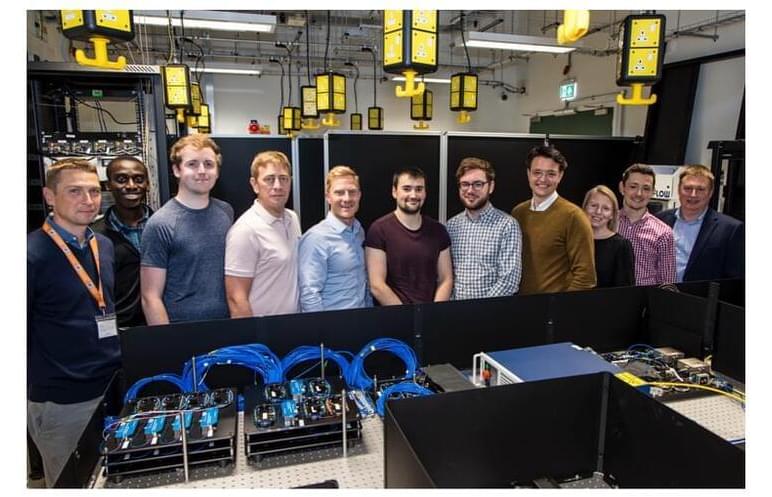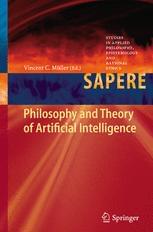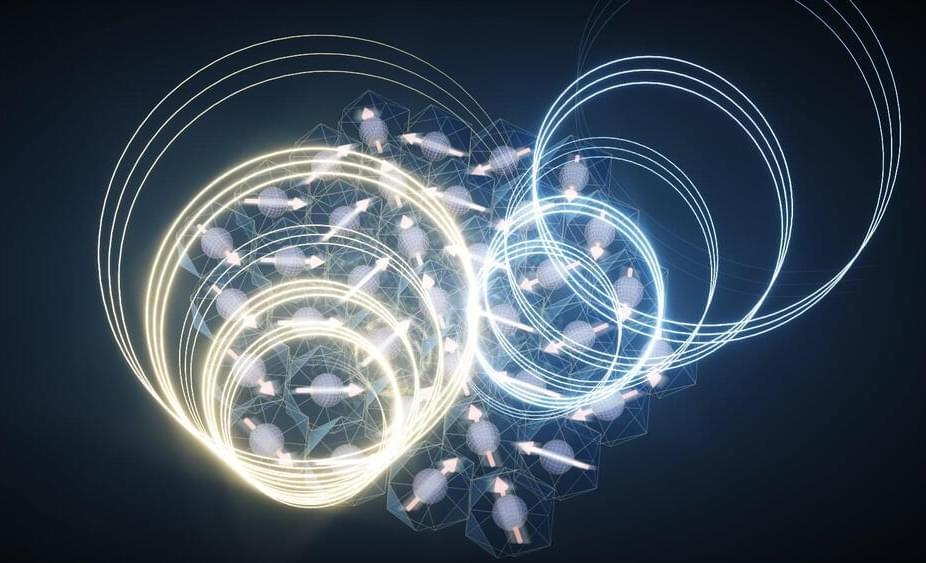Infleqtion, the world’s leading quantum information company, announced the installation of a cutting-edge neutral atom quantum computer at the National Quantum Computing Centre (NQCC).
PRESS RELEASE — Infleqtion, the world’s leading quantum information company, is proud to announce the installation of a cutting-edge neutral atom quantum computer at the National Quantum Computing Centre (NQCC). This marks a significant milestone as Infleqtion becomes the first company to deploy hardware at the NQCC under their quantum computing testbed programme. The news comes on the heels of Infleqtion’s rapid advancement in quantum gate fidelity.
Tim Ballance, President of Infleqtion UK, said, “Our recent installation is part of Infleqtion’s dedication to leading facility logistics in partnership with our colleagues at the NQCC. Together, we are establishing crucial infrastructure components such as network infrastructure, safety protocols, and security measures. Infleqtion has completed our second milestone, which includes the installation and in-situ characterisation of primary lasers, optical, vacuum, and electronic subsystems necessary for the quantum computer to function. This accomplishment demonstrates our advanced technology and expertise in the field.”
In parallel to the delivery of the quantum computing testbed hardware, Infleqtion’s quantum software team are working closely on near term applications of quantum computing with NQCC researchers and Infleqtion’s partners Oxfordshire County Council, Riverlane, and QinetiQ. This work includes using Infleqtion’s Superstaq software to apply quantum optimisation to tackle challenges such as traffic management in Oxfordshire. A principal goal of these activities is to demonstrate the practical applications of quantum technology on both a regional and national scale, particularly in areas such as national security and defence.






